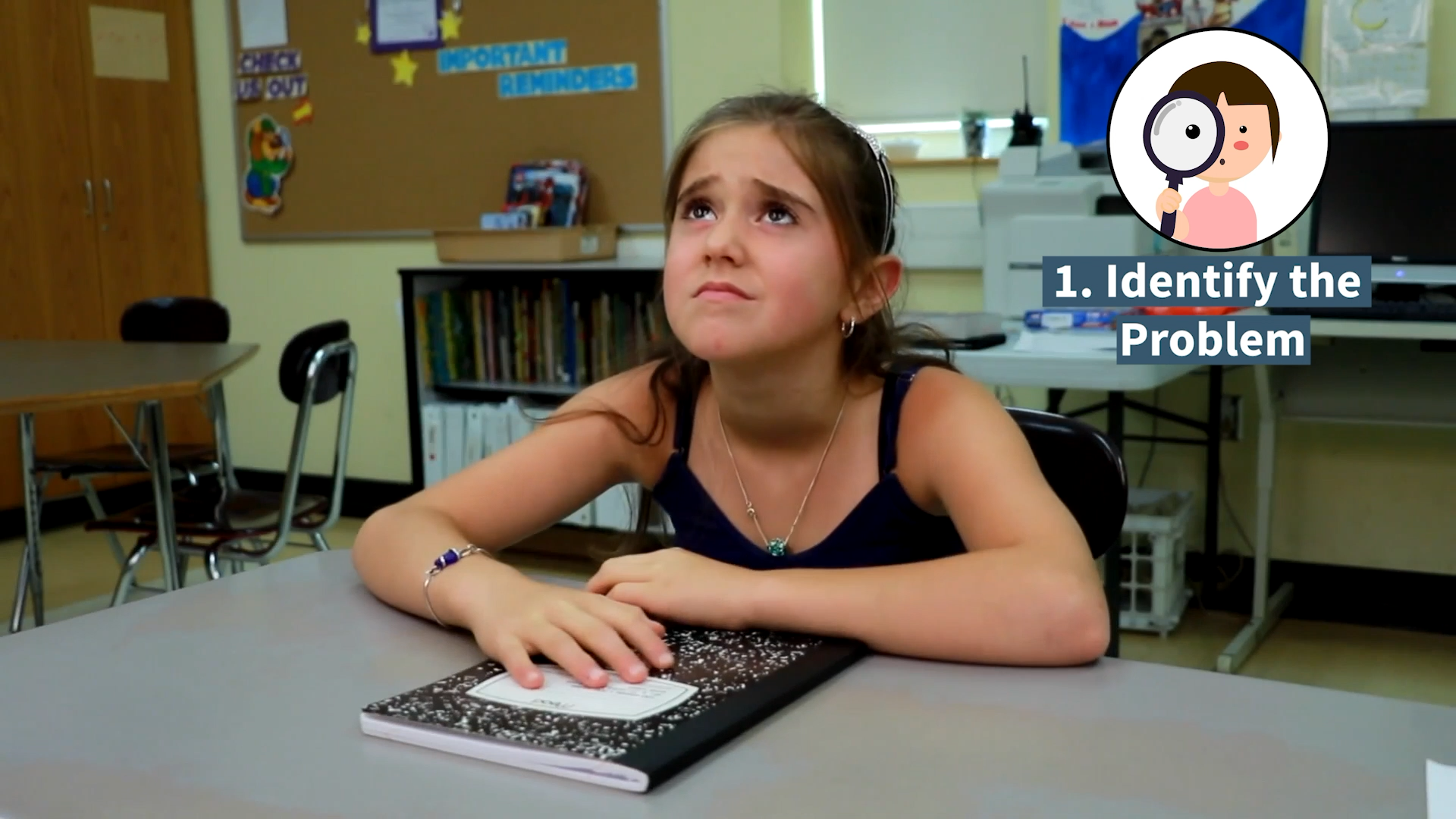Introduction
Problem-solving is an essential skill for students in special education. It helps them navigate through various challenges and make well-informed decisions. This blog post will provide an overview of the essential steps in problem-solving, a no-prep activity for teaching this skill, discussion questions, and related skills that can benefit students. We will also provide information on how to access free sample materials for further learning.
No-Prep Activity
Here’s a simple, no-prep activity that educators can use to teach problem-solving skills to their students:
- Divide the class into small groups of 3-4 students.
- Pick a common problem that students might face, such as forgetting their lunch or missing the school bus.
- Ask each group to discuss the problem and come up with at least three possible solutions.
- Have each group present their solutions to the class.
- As a class, discuss the pros and cons of each solution and decide which one would be the best course of action.
This activity encourages students to work together, think critically, and consider multiple solutions to a problem. It also helps them practice communication and decision-making skills.
Discussion Questions
- What are some challenges you might face when trying to solve a problem?
- How can you determine if a problem is big or small? What are some examples of each?
- Why is it important to think of multiple solutions to a problem?
- How can asking for help from an adult or a peer be beneficial when solving a problem?
- Can you think of a time when you successfully solved a problem? What steps did you take?
Related Skills
Problem-solving is closely related to several other essential skills for students in special education. Some of these skills include:
- Communication: Effectively expressing oneself and understanding others is crucial for problem-solving.
- Decision-making: After considering multiple solutions, students need to make a decision based on the pros and cons of each option.
- Self-awareness: Understanding one’s emotions, strengths, and weaknesses can help in identifying problems and seeking assistance when needed.
- Collaboration: Working together with peers or adults can lead to more effective problem-solving strategies.
Next Steps
If you’re interested in learning more about teaching problem-solving skills and other related skills to students in special education, we encourage you to sign up for free sample materials. Explore a variety of resources and activities designed to support social-emotional learning in the classroom. To access these free samples, visit https://everydayspeech.com/sample-materials/.











